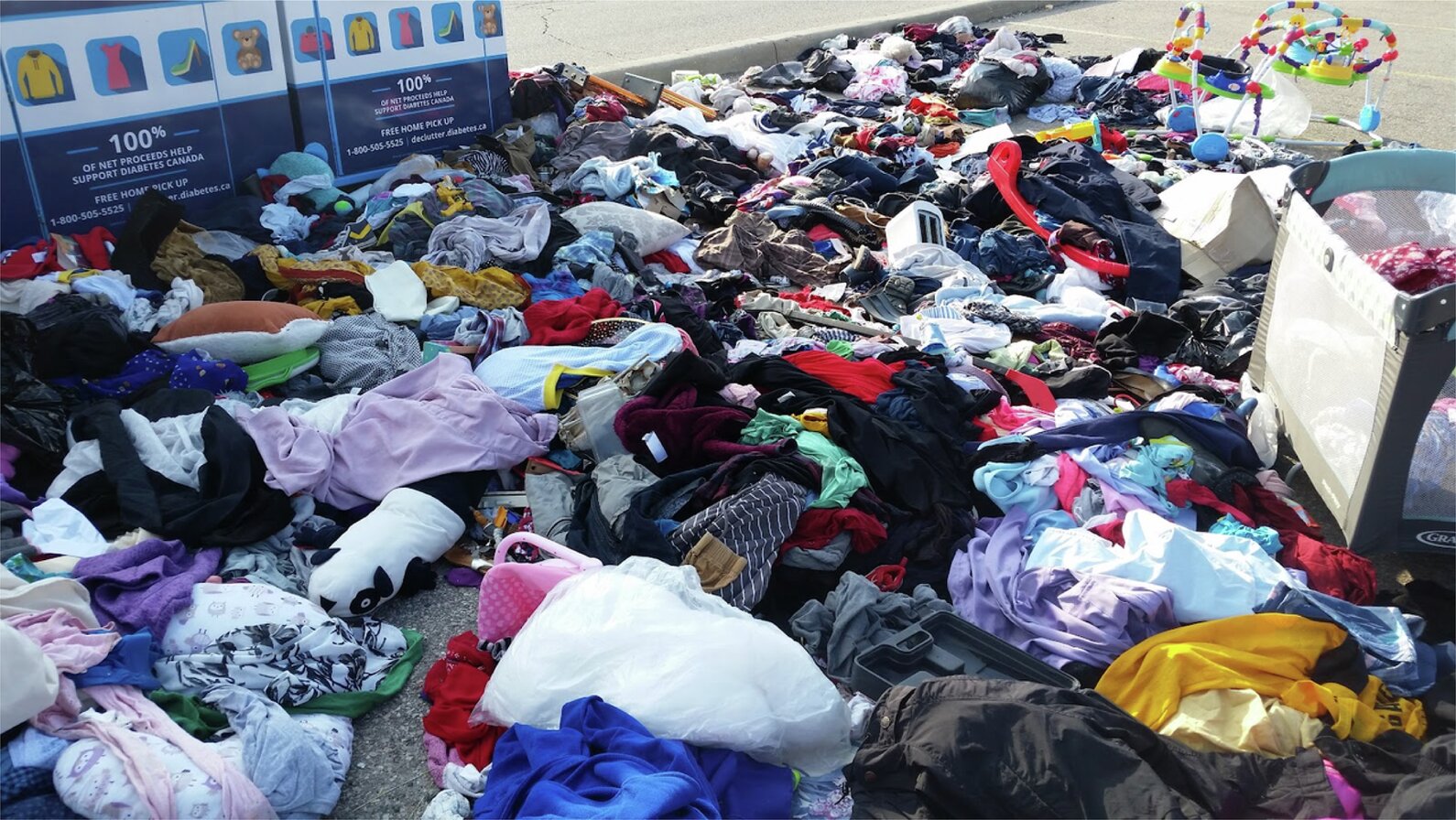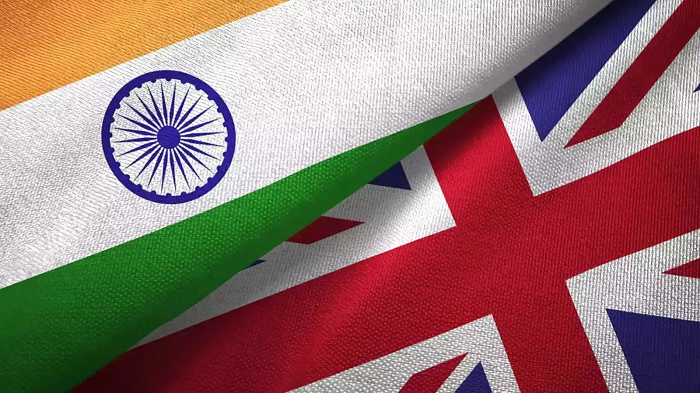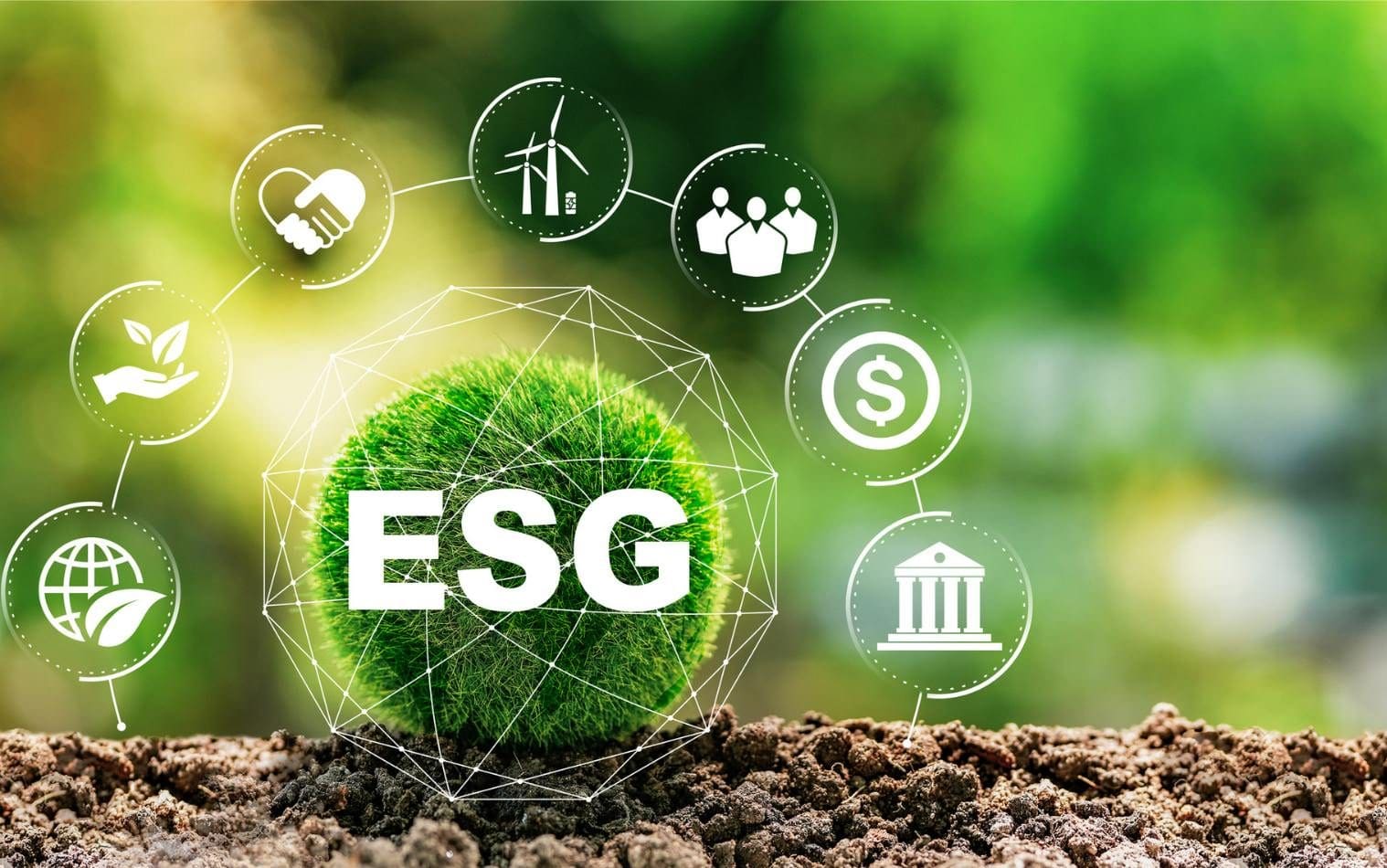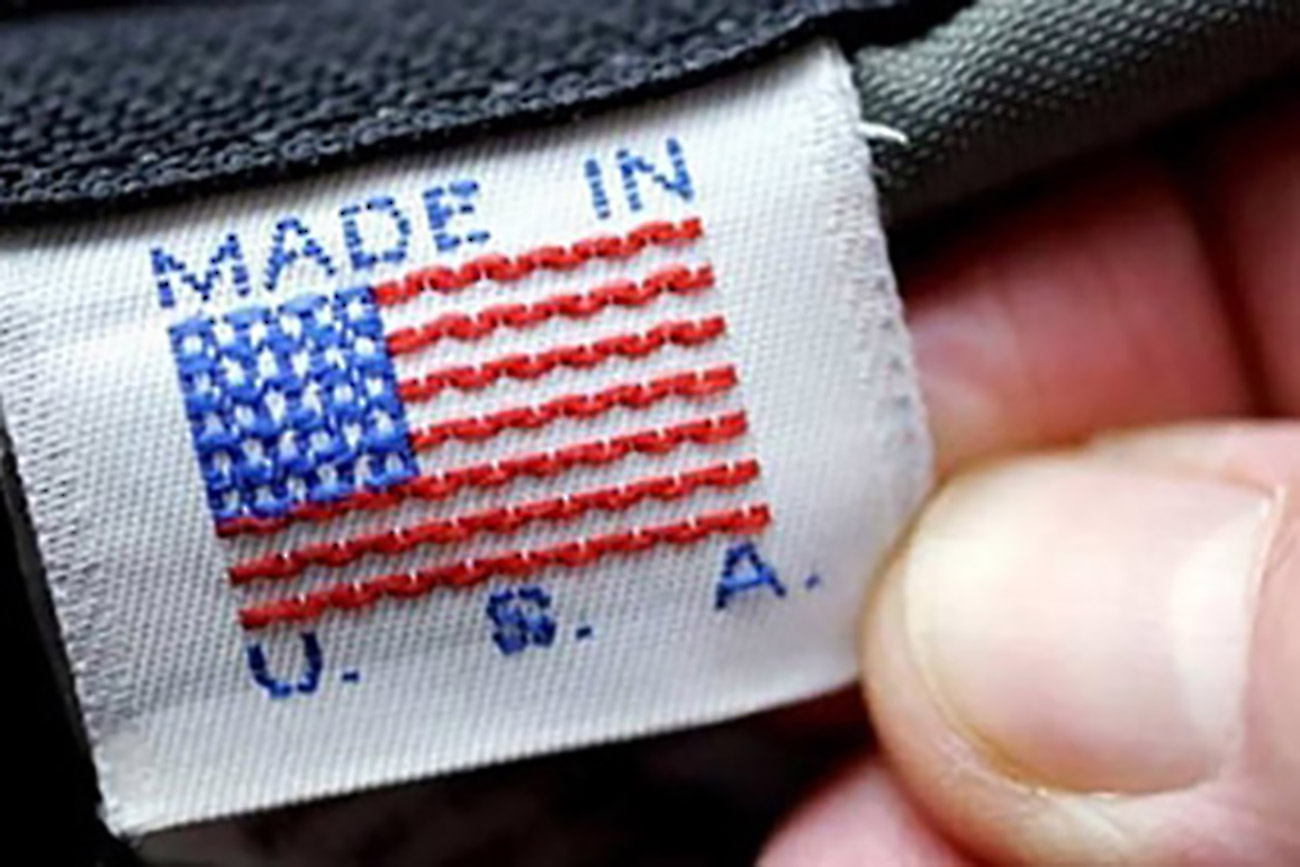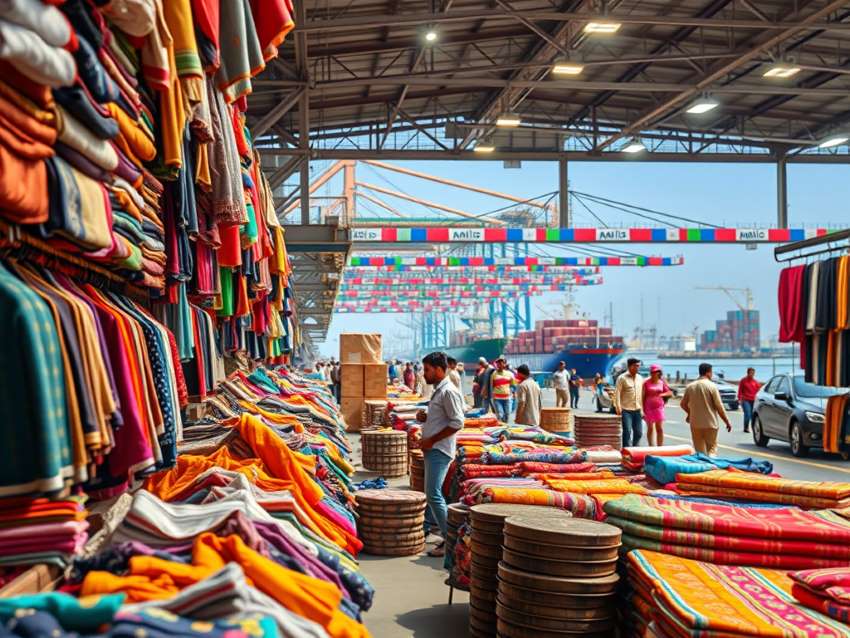
Garment manufacturing is the single largest sector and backbone of India’s MSME with a whopping 95 per cent contribution. Stakeholders are hopeful the Finance Minister will announce some incentives for the apparel sector in the upcoming Union Budget. Indeed, the government’s Production Linked Incentive (PLI) scheme is a landmark legislation to springboard manufacturing in key sectors and make it globally competitive. Textile is deservedly part of the PLI scheme. It may enable textiles woven and manufactured in India to be competitively sold to global brands.
The wishlist
The sector requests to raise interest subvention to a 5 per cent, as it stands at 3 per cent currently. The impact of the recession has hit garment manufacturing that led to many factories lying idle, and the government needs to provide wage subsidy to sustain lives of these factory workers for at least a year.
Meanwhile, Tirupur Exporters Association (TEA) submitted a pre-budget memorandum to the FM and has raised the issue of increasing the interest benefit under the Interest Equalization Scheme to 5 per cent across the board to help the knitwear hub and others recover from the recession generated by the current political crisis in Ukraine.
The RBI has increased the Repo Rate which is reflected in the Banks Packing Credit also and as of now, 3 per cent interest subsidy is given on Pre- and Post-Shipment Rupee Export Credit to MSMEs and 2 per cent interest subsidy for Non-MSMEs and Merchant Exporters up to March 31, 2024.
Revival of the knitwear manufacturing in India is important as it has a significant number of female employees who are sole breadwinners in their families. Additionally, an amnesty scheme for defaulting exporters featured in the wishlist in the hope this would help these exporters make a comeback. The sector has also urged the Technology Upgradation Funds Scheme to not only provide incentives for digitalizing manufacturing processes but also help in funding research in quest of man-made fibers that don’t require the exploitation of natural resources. The Indian government has already placed Rs 10,683 crores for the Production Linked Incentive scheme and its focus areas include man-made fiber, garments and technical textiles.
Meanwhile, Akhil Jain, Executive Director, Madame says, PLI for the garments industry should be announced soon in which MSMEs are also able to participate. He also states, “Consumer spending on fashion apparel falls under the ‘discretionary spending’ category. GST at 12 per cent on fashion apparel is causing high costs for end-consumers. Due to inflationary pressures, the discretionary spending of consumers is going down. GST on all apparel should be fixed at a standard rate of 5 per cent to give a much-needed fillip to the fashion retail industry.” He goes on to add, “Most of the inputs, services and capital goods required by the retail industry attract a higher rate of GST (mostly 18 per cent), while the output rate of GST is lower. This results in an unutilised input tax credit of GST causing blockage of working capital and increased cost of operations. The government should amend the formula for calculating refunds under the inverted duty structure category in order to allow unrestricted refunds of unutilised GST on services as well as on capital goods.”
If India is to meet its $ 100 billion export target by 2030, it is imperative for the government to extend every feasible support to the textile and apparel sector as it is the most significant part of India’s ambitious growth through MSMEs.


